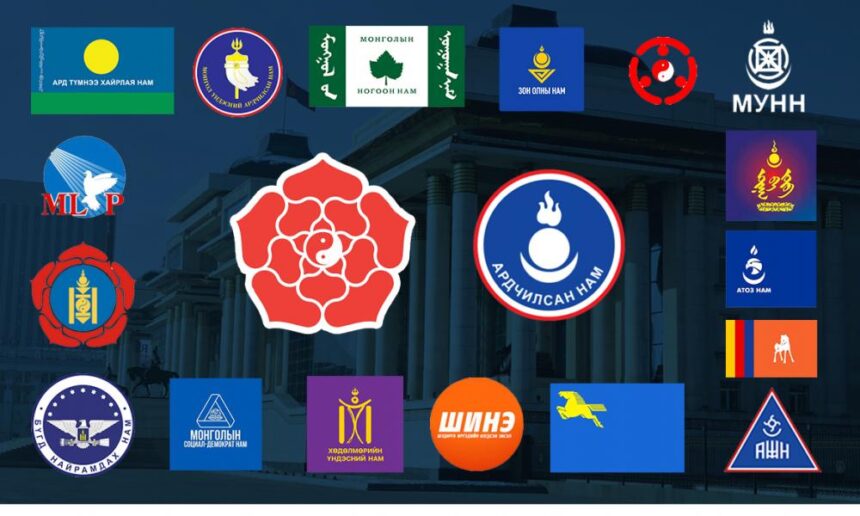The term ‘party’ has been used through the history of the Western world to refer to collision, division, discord, and conflict in politics. The word “party” stems from the root ‘part’ and started appearing in political debates since the late Middle Ages.
Political parties have been and continue to be foremost players in the history of world politics and democracy. In 1942, American political scientist E. Schattschneider said, “Political parties have built democracy, and modern democracy is unimaginable without parties.”
It has been 100 years since the establishment of the first party in Mongolia and 30 years since the emergence of the party system. The history of our country has largely depended on world politics and the regional situation, and the institution of the party has been prevalent in all historical occurrences.
The circumstances under which the first party was formed a hundred years ago is quite different from that of the West. In the West, parties are voluntary and competitive in nature. In our country, on the other hand, this feature was obtained only thirty years ago with the forming of multiple parties and the emergence of a party system.
A party system is present when two or more parties influence one another and co-exist. The adoption of the democratic constitution and the multi-party system in Mongolia enabled the prerequisites of this system to emerge.
The successful maturing of a democracy depends on the institutionalization of the party system. Party and party system institutionalization are separate concepts. Read the article on party institutionalization here. The institutionalization of the party system marks the stabilization of competition between parties and its predictability. How institutionalized is the Mongolian party system?
The party system institutionalization
System institutionalization is measured in many ways. An important indicator of the stability of inter-party competition is electoral volatility. It reflects the changes in the party system between elections. The lower the volatility, the more stable the party system.
In Mongolia, the status and extent of parties other than the MPP are unstable, as can be seen from the volatility of consecutive elections. The MPP has so far won an average of 46 percent of the vote in elections. The DP, however, received an average of 33 percent support during this period.
Figure 1: Electoral volatility, 1992–2020
Source: The Institutionalization of the Mongolian Party System
In Mongolia, 23.7% of the votes shifted between parties in 1990-2000, 14.2% in 2000–2010, and 13.2% in 2010–2020. This fluctuation was highest in the first 10 years of the transition. Former communist countries in Eastern Europe saw similar scenarios. This is because of the absence of profound social division in countries recently transitioned to democracy. In addition, voters are also relatively open in these places.
Today, Mongolia is the system with the strongest closure in the region and among the former communist countries. The majoritarian voting system created this closure. To date, all presidents and prime ministers have been elected only from the two above-mentioned parties. Because before each election, they changed the rules of the game in their favor. Authorities are increasingly strengthening the system closure.
Figure 2: Party system closure in Mongolia and former communist countries in Eastern Europe (1990–2016)

Source: F. Casal Bértoa, “Database on WHO Governs in Europe and Beyond,” PSgo (2017), whogoverns.eu
Dismantling the system closure
The way out of the system closure is the electoral system with proportional element. The 2012 election reform clearly demonstrated the disintegration of the above mentioned two big party’s system. For the first time, a third party won more than 10 seats in the parliament. Moreover, other parties combined have received 28 percent of the vote.
In majoritarian systems, some votes are lost, and one party becomes too dominant. Our parliament is small, and there is no clear distinction between the legislative and the executive body. In the aftermath, the monitoring and the balance of power have always been disturbed, leading to political crises. The key to balancing and monitoring governance is to elect representatives from multiple parties in the parliament. In addition, the DP’s position as a constituent in the two-party system has been further diminished. Mongolia is surrounded by authoritarian countries. Therefore, it is important to keep in mind the risk of a one-party domination.
Read the full report “The Institutionalization of Mongolian Party System” here.
2020.09.10
Trans. by Riya.T and Munkh-Erdene.D












